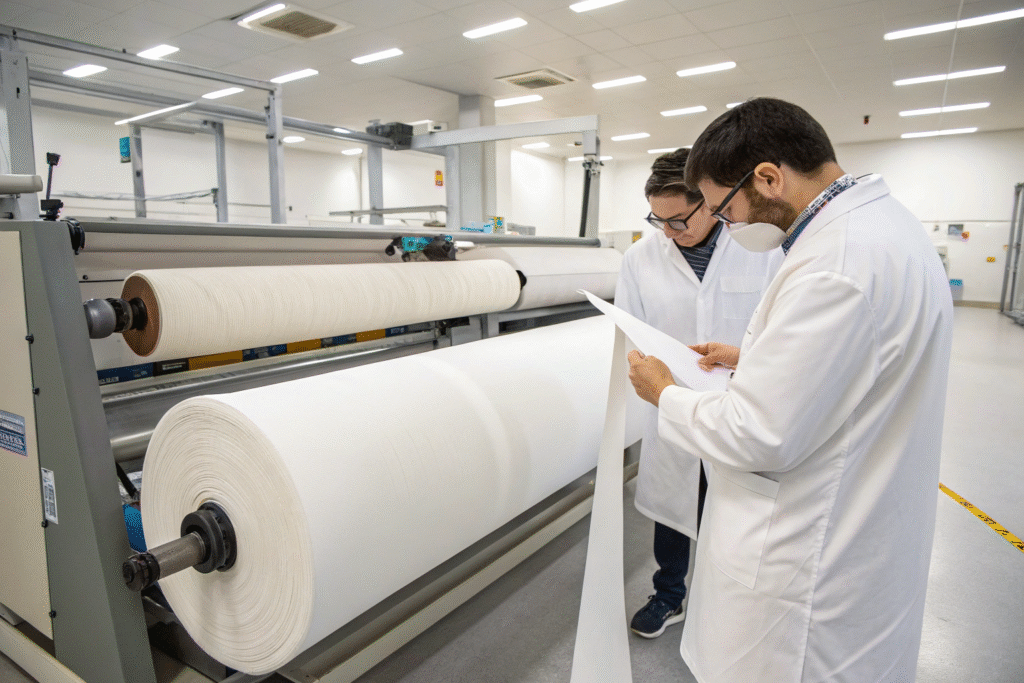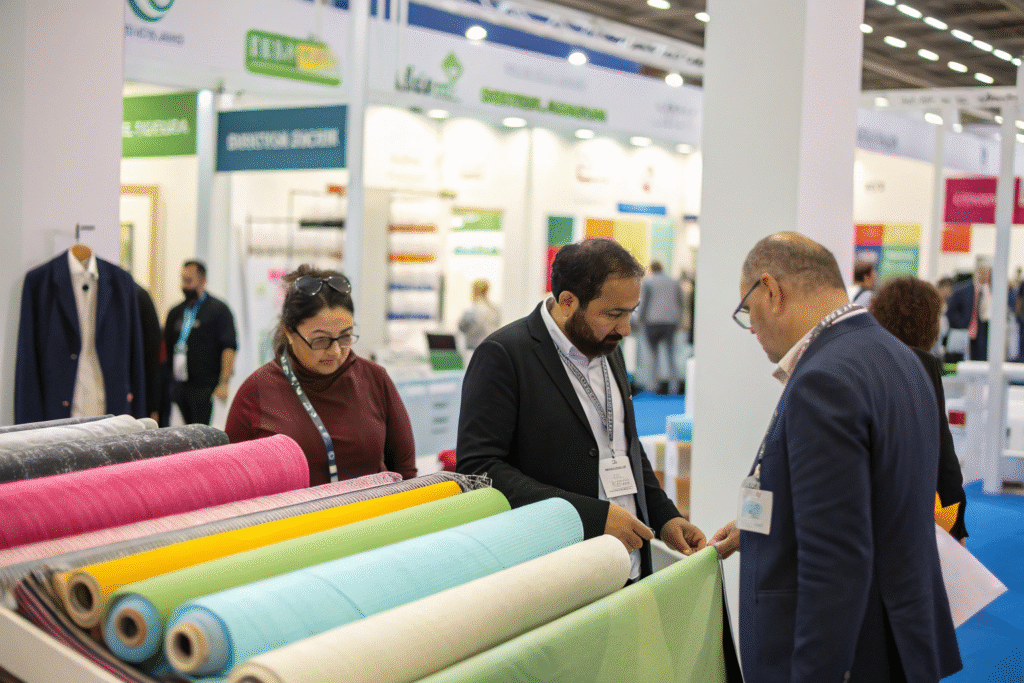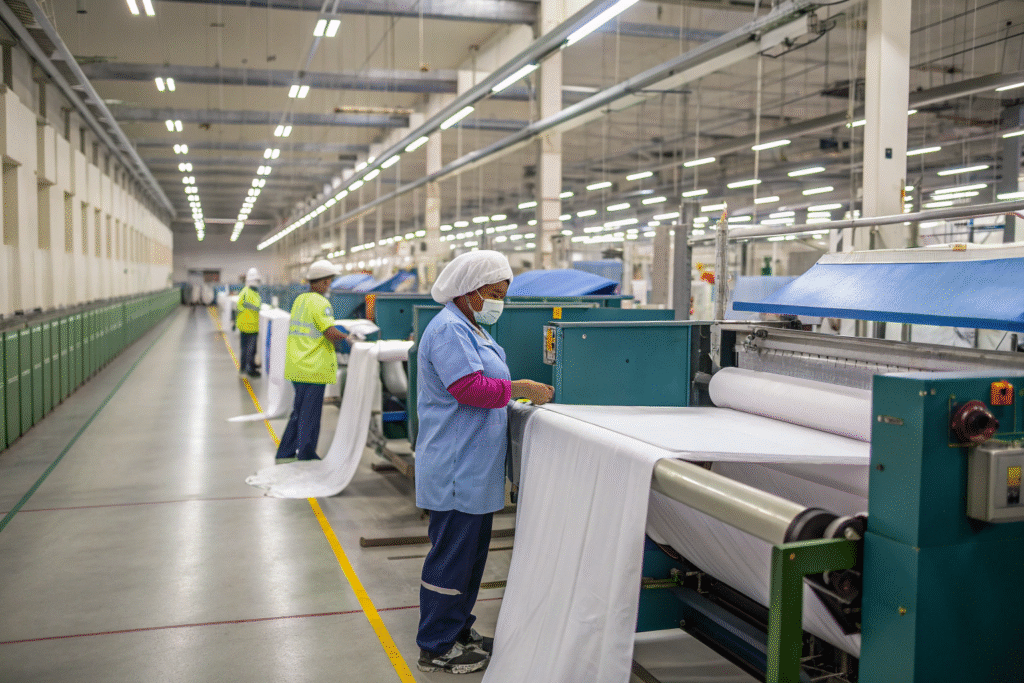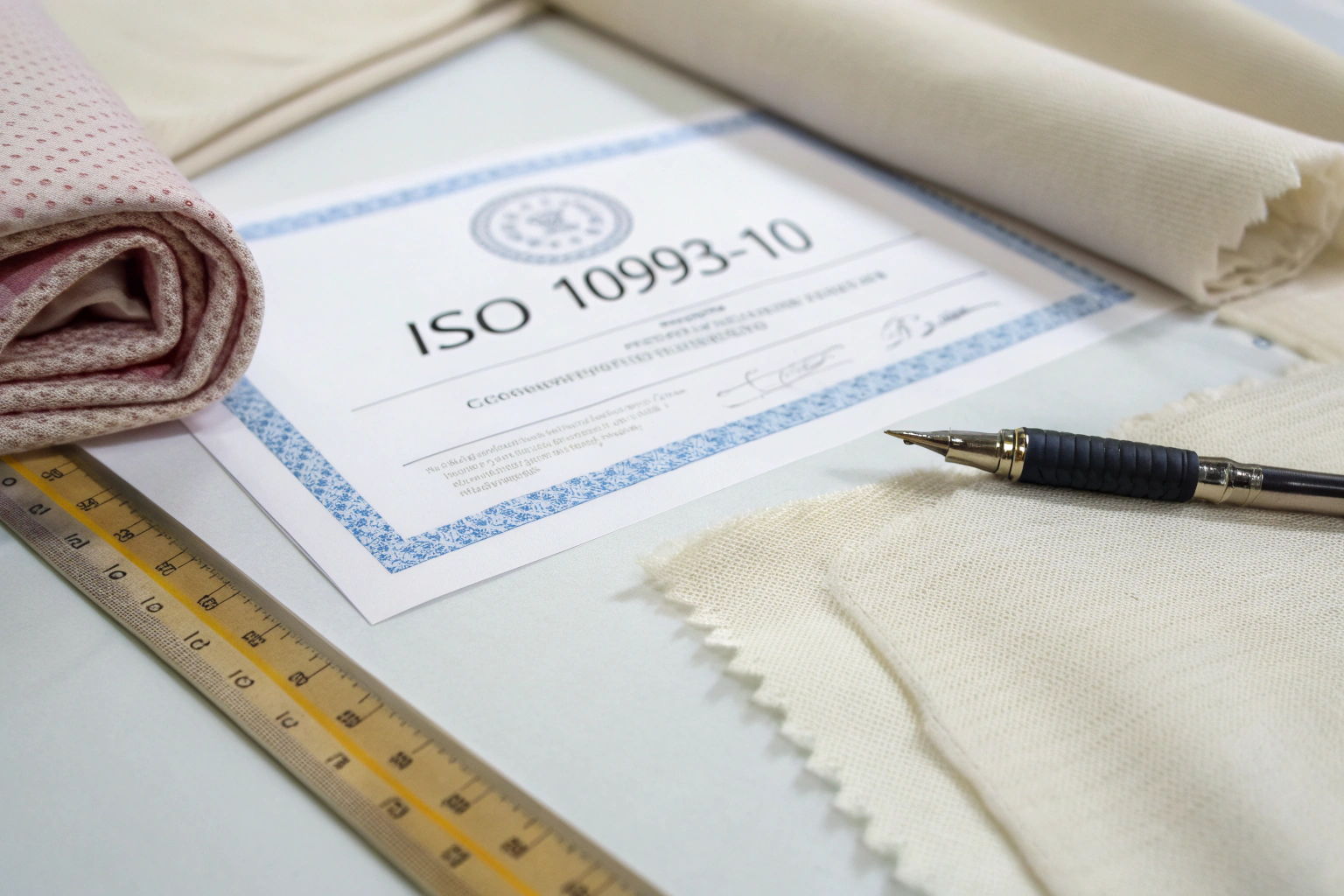When you are sourcing fabrics for fashion, sportswear, medical textiles, or children’s products, skin safety is one of the biggest concerns. Many buyers worry that dyes, finishes, or coatings may cause allergic reactions. This concern is real, especially when exporting to the U.S. or Europe where regulations are strict. Without proper certification, delays at customs, product recalls, or brand damage can happen.
The answer is clear: ISO 10993-10 certified skin sensitization tested textiles provide documented proof that fabrics are safe for prolonged skin contact. This certification is internationally recognized, especially in industries where skin contact is unavoidable. As a fabric manufacturer and exporter based in Keqiao, I want to explain how to source these textiles with confidence and what to check before confirming orders.
Before diving deeper, let’s look at the main aspects that global buyers like you should care about.
What does ISO 10993-10 mean for textiles?

ISO 10993-10 is part of the ISO 10993 series, originally designed for biological evaluation of medical devices. For textiles, it specifically tests skin sensitization and irritation potential. When a fabric passes this test, it means:
- It is unlikely to cause allergic contact dermatitis.
- Dyes, finishes, and coatings do not release harmful chemicals.
- The textile is safer for sensitive uses like baby clothes, underwear, sportswear, and medical wear.
Why is this certification important for fashion brands?
For global buyers, ISO 10993-10 reduces the risk of liability claims. For example, if you supply fabrics to a U.S. apparel brand, they may demand that your materials comply with FDA textile regulations. Similarly, European brands must meet REACH standards. With ISO 10993-10 certification, you provide proof that your fabric meets these safety expectations.
How can you verify the test results?
Ask your supplier for a third-party lab report from agencies like SGS, Intertek, or TÜV SÜD. These labs follow international procedures and provide detailed reports showing that the tested fabric has passed irritation and sensitization checks.
Where can buyers find ISO 10993-10 certified fabrics?

Sourcing safe and certified fabrics requires strategy. Many suppliers claim to have testing, but only a few have valid reports.
Trade shows and exhibitions
International trade fairs like Intertextile Shanghai and Première Vision Paris often feature suppliers with full compliance certificates. As a buyer, you can directly check certificates at the booth and request to see recent lab test reports.
Online sourcing platforms
Websites like Alibaba and Global Sources allow you to filter suppliers by compliance. However, you must double-check the authenticity of certificates, as not all uploaded documents are verified.
Direct factory partnerships
The most reliable way is to work directly with a professional textile mill that offers integrated weaving, dyeing, and finishing, along with in-house or cooperative testing. At Fumao Fabric, we test fabrics in CNAS-accredited labs and provide ISO 10993-10 reports to buyers upon request.
How do suppliers achieve ISO 10993-10 certification?

Not every factory can meet the strict requirements. The process requires investment in clean production and sustainable chemistry.
Choosing safe raw materials
Fabrics must be woven or knitted using certified fibers. Many factories now use OEKO-TEX Standard 100 certified yarns to reduce chemical risks. For sensitive uses like baby wear, organic cotton or bamboo viscose is often chosen.
Controlling the dyeing and finishing process
Factories must avoid harmful auxiliaries, formaldehyde resins, and azo dyes. Instead, they use low-toxicity and eco-friendly finishing agents. These are often verified by ZDHC (Zero Discharge of Hazardous Chemicals) standards.
Independent third-party testing
Once production is finished, samples are sent to accredited labs. They undergo animal-alternative sensitization tests (such as LLNA or in-vitro assays). Passing these tests leads to an official ISO 10993-10 report.
What should buyers check before confirming orders?

Even with certification, buyers must do due diligence to avoid supply risks.
Verify document validity
Always check the date of the report. ISO 10993-10 certification is valid for the tested batch or product. Make sure the report is recent (within 12 months).
Cross-check supplier reliability
Request past export records and references. Many serious suppliers work with top retailers who require strict compliance. Cross-checking reduces the chance of fake documents.
Clarify logistics and tariffs
For U.S. buyers, tariffs and logistics can be a pain point. Work with suppliers who offer DDP (Delivered Duty Paid) or have U.S. warehouse support. Some suppliers, including us at Fumao Fabric, provide integrated logistics that help avoid tariff delays. You can also check U.S. Customs and Border Protection guidelines to prepare.
Conclusion
Sourcing ISO 10993-10 certified skin sensitization tested textiles is not only about compliance—it is about protecting your customers, your brand, and your reputation. The certification ensures that fabrics are safe for skin contact and that production follows global safety standards.
If you are ready to explore certified fabrics for your next collection or bulk order, I invite you to partner with Shanghai Fumao. You can contact our Business Director Elaine at elaine@fumaoclothing.com to start developing your customized fabric solution with confidence.










